-
Gözden kaçırmayın
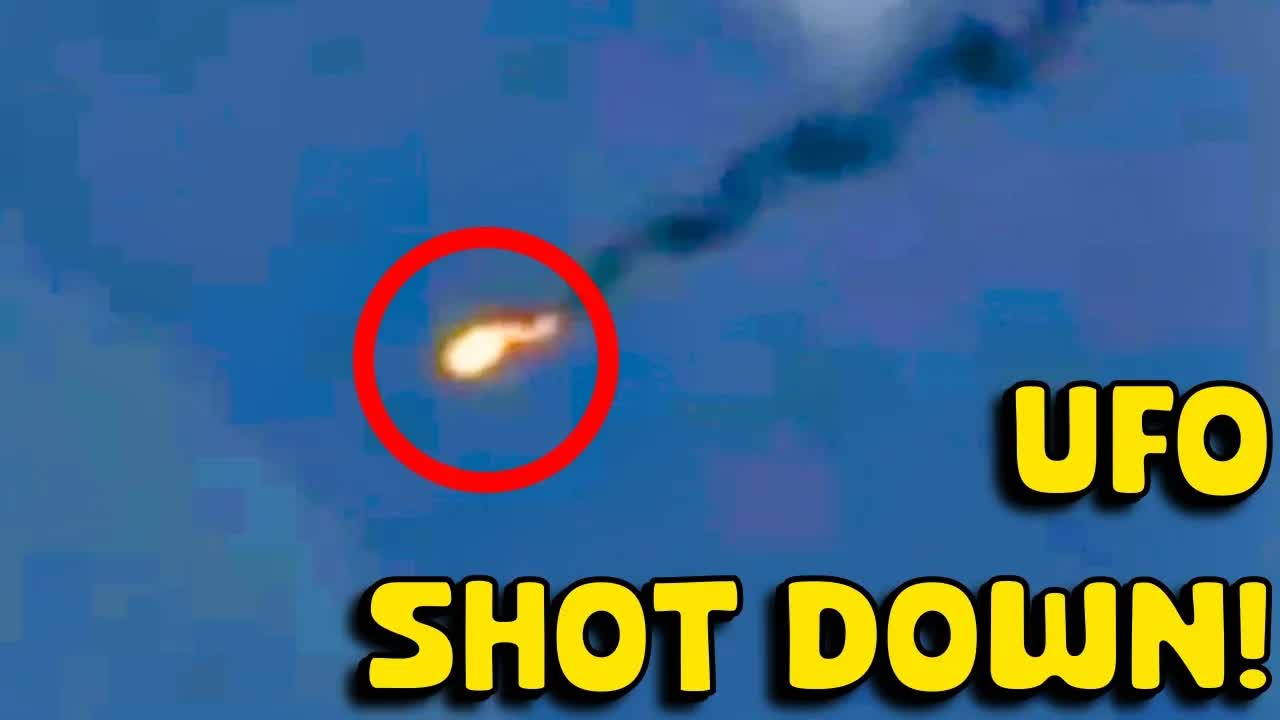 ABD Ordusu Bir UFO Düşürdü İddiası Dünya Genelinde Paniğe Yol Açtı
ABD Ordusu Bir UFO Düşürdü İddiası Dünya Genelinde Paniğe Yol AçtıThe atomic bombings of Hiroshima and Nagasaki are widely recognized as pivotal moments in modern history, significantly impacting the course of World War II.
On August 7, 1945, Hiroshima, a bustling city in Japan, was devastated by an atomic bomb. The destruction was so immense that it was clear to the world that an atomic bomb had been used. Dr. Yoshio Nishina, a prominent Japanese physicist, led a team of atomic scientists to the site to confirm the devastating truth. They reported back to the Japanese cabinet in Tokyo about the use of an atomic bomb. Despite this confirmation, the Japanese government chose to continue the war, unaware that their decision was intercepted by American codebreakers using the MAGIC system.
At the same time, President Harry S. Truman, who had just returned from the Potsdam Conference, referred to Hiroshima as a "military base" and announced that the assaults would continue until Japan's capacity to wage war was destroyed. However, despite the overwhelming destruction in Hiroshima, Japan showed no signs of surrendering. This led to the decision to target another city.
On August 9, 1945, a B-29 Superfortress named Bockscar, piloted by Major Charles Sweeney, took off from Tinian Island carrying a plutonium bomb known as "Fat Man." The original target was the city of Kokura, chosen for its military importance. However, due to mechanical issues and poor visibility over Kokura, the bomber had to change plans. As luck would have it, the secondary target, Nagasaki, became the victim of the atomic bombing.
The bombing of Nagasaki unleashed catastrophic destruction on the city and vividly showcased the terrifying power of nuclear weapons. The combined devastation of Hiroshima and Nagasaki, along with the Soviet Union's declaration of war against Japan, ultimately led to Japan's surrender. This marked the end of the Pacific Theater in World War II.
The atomic bombings of Hiroshima and Nagasaki not only altered the course of the war, but also transformed the world's understanding of atomic power. These events served as a catalyst for future efforts in nuclear non-proliferation and sparked ongoing debates over the ethics of nuclear warfare.
Sources:
- U.S. Department of Energy
- National Archives
- U.S. Department of Defense
- Los Alamos National Laboratory
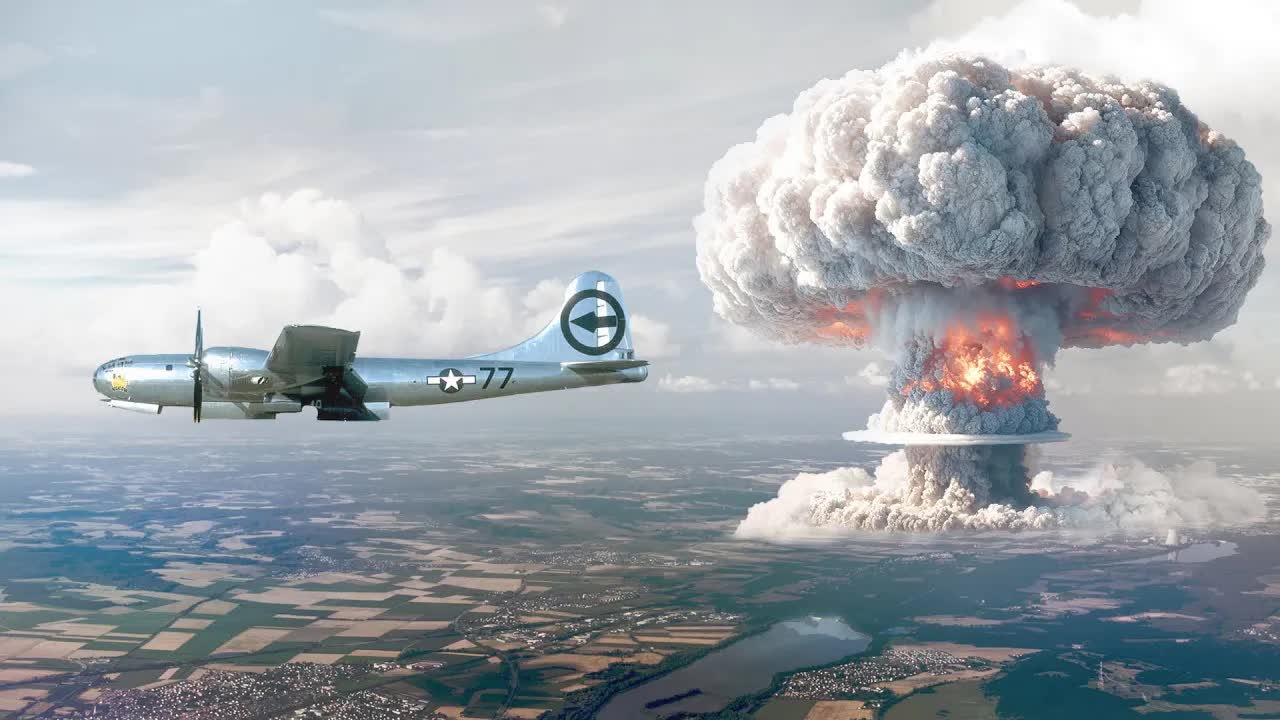

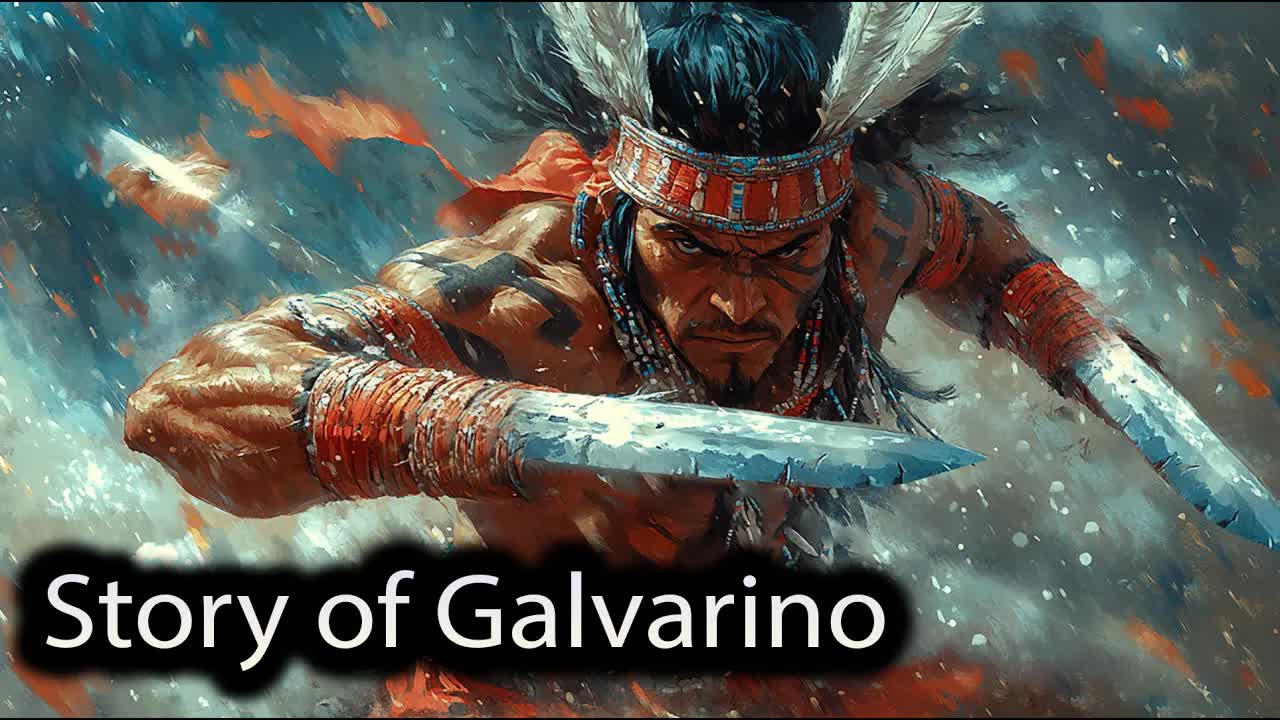



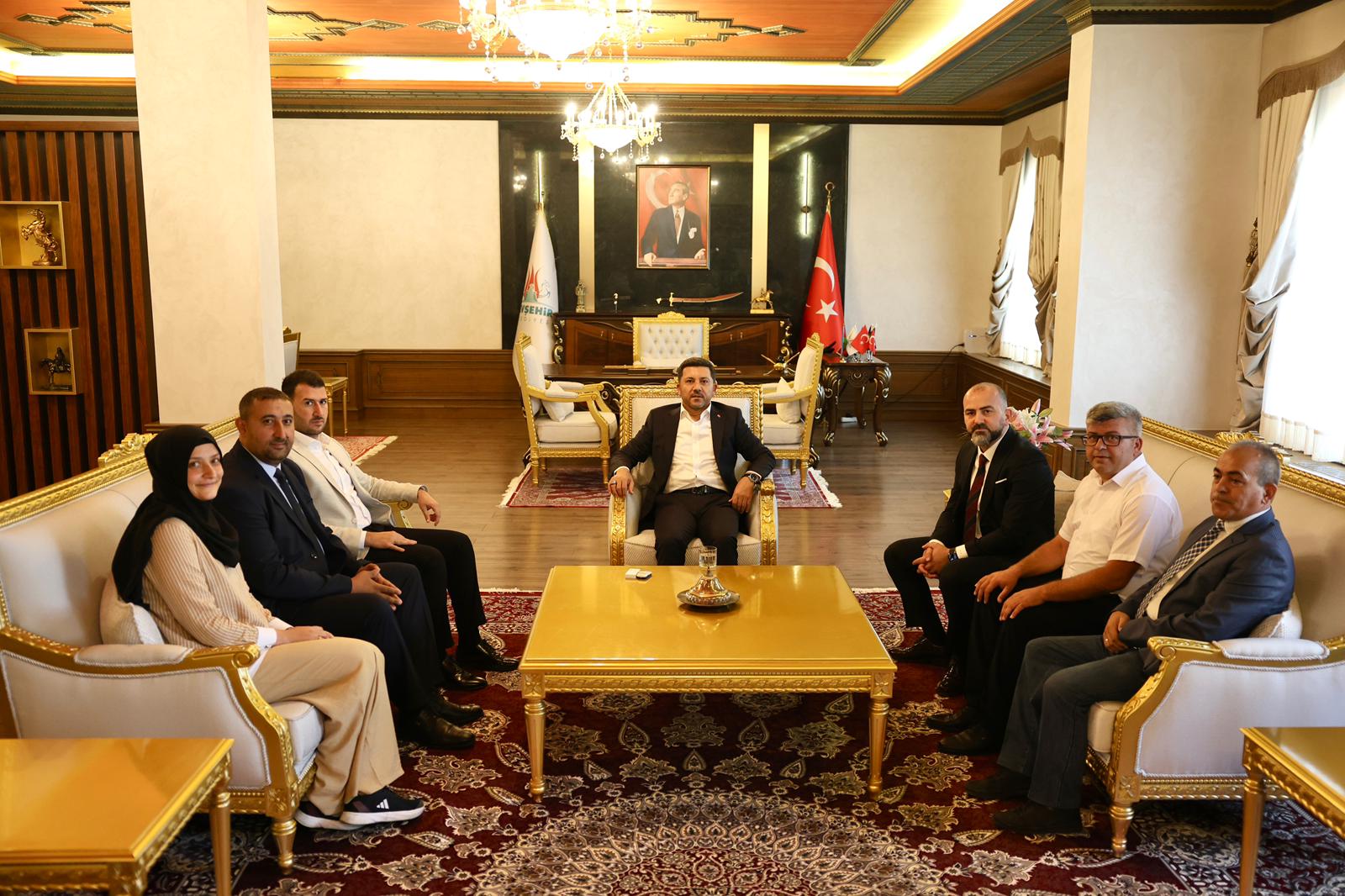

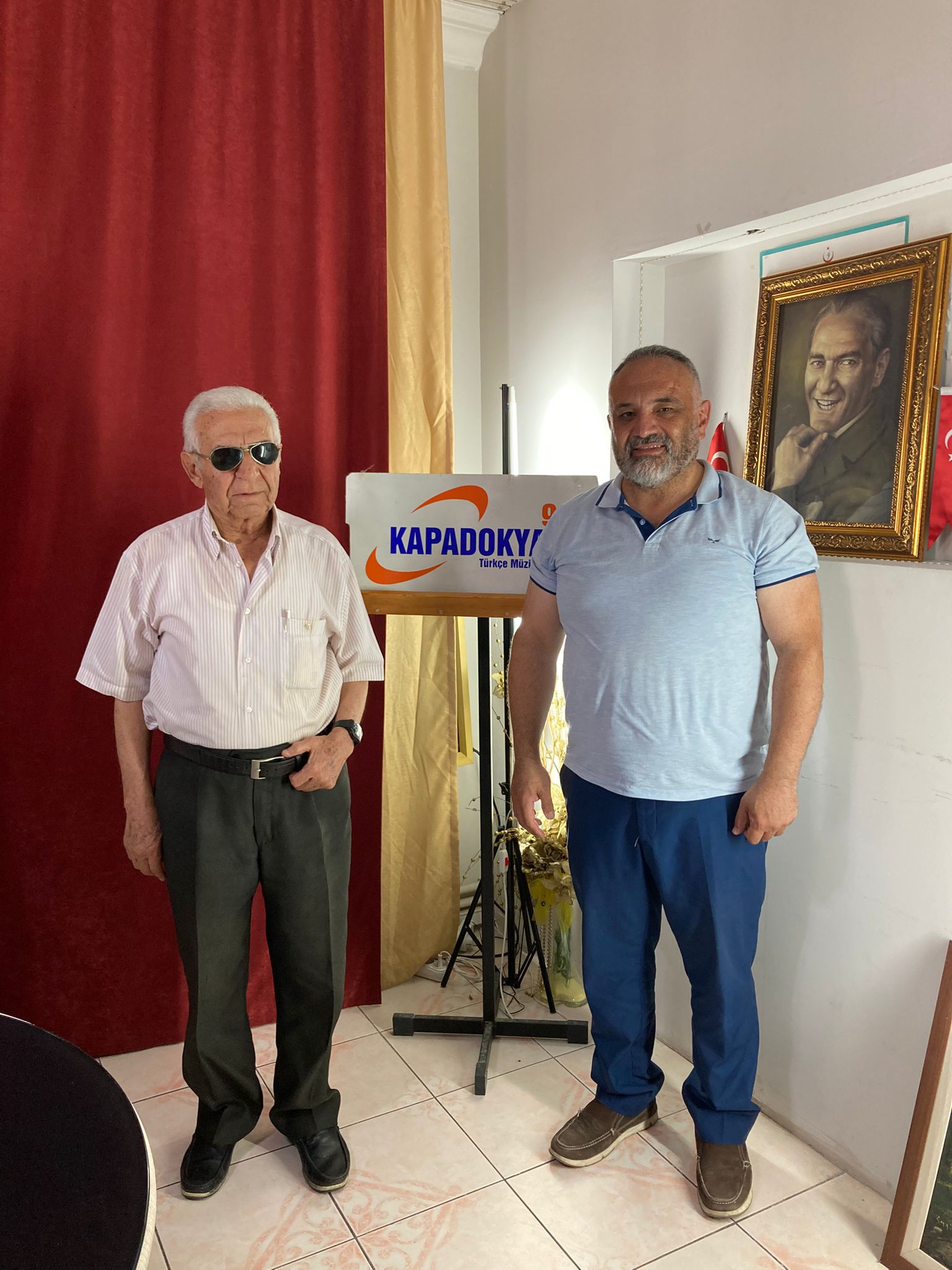
.jpg)

.jpg)
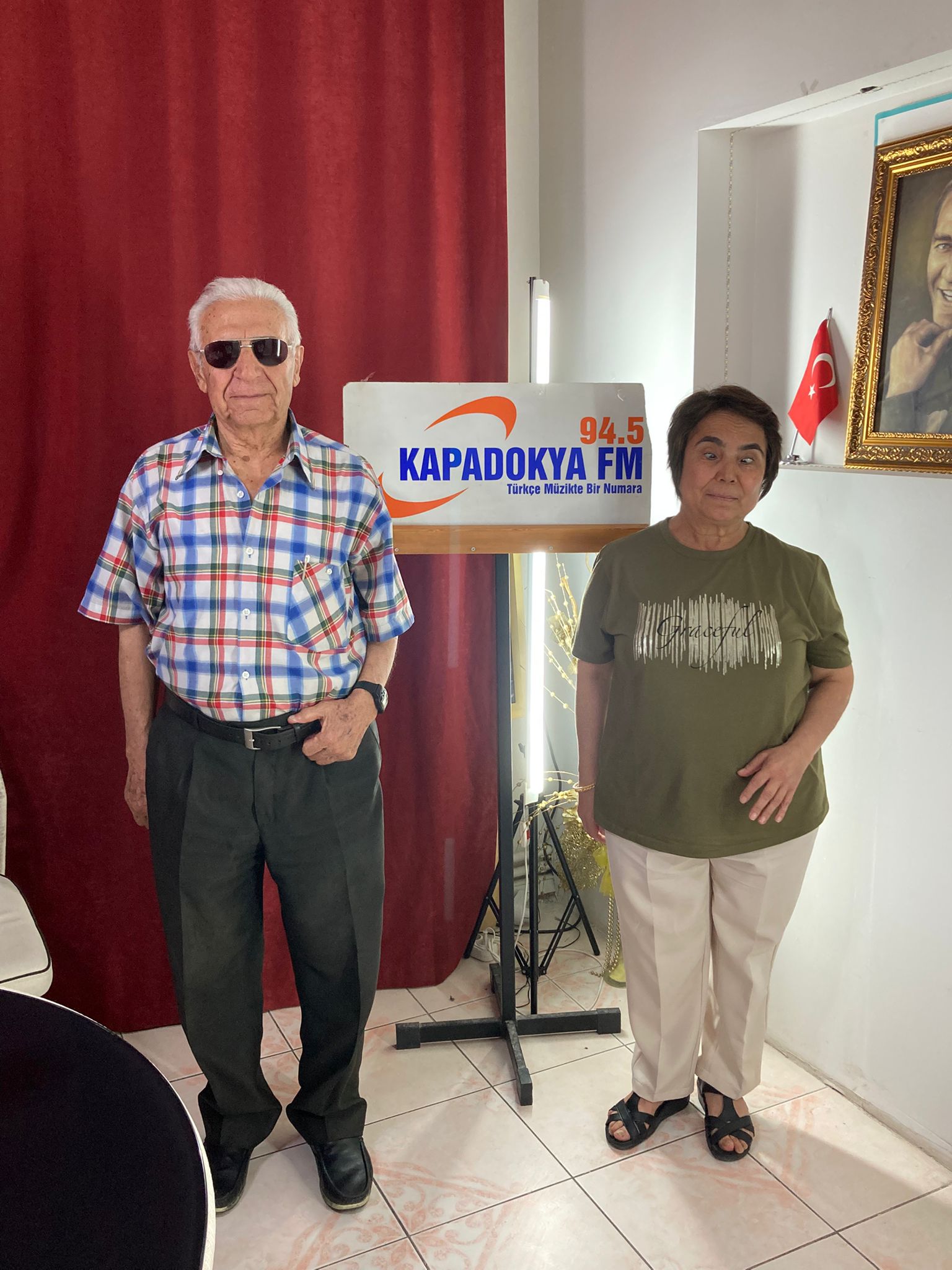
Yorumlar
Yorum Yap